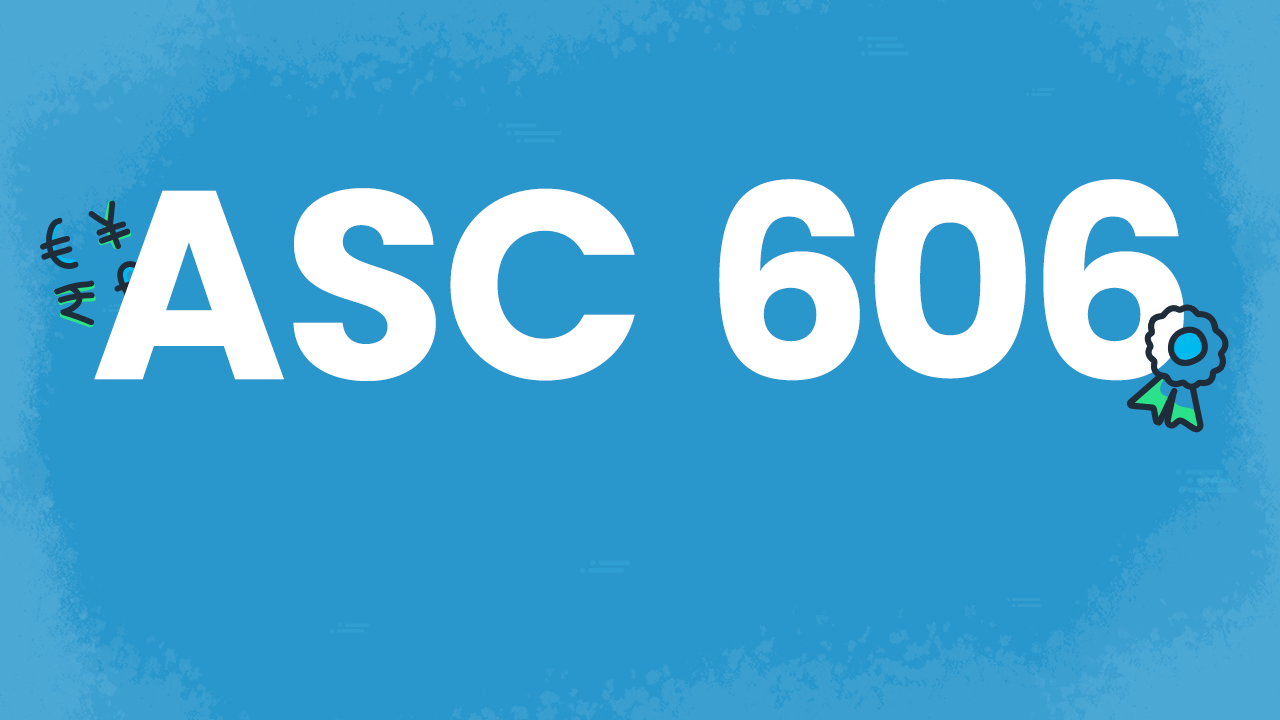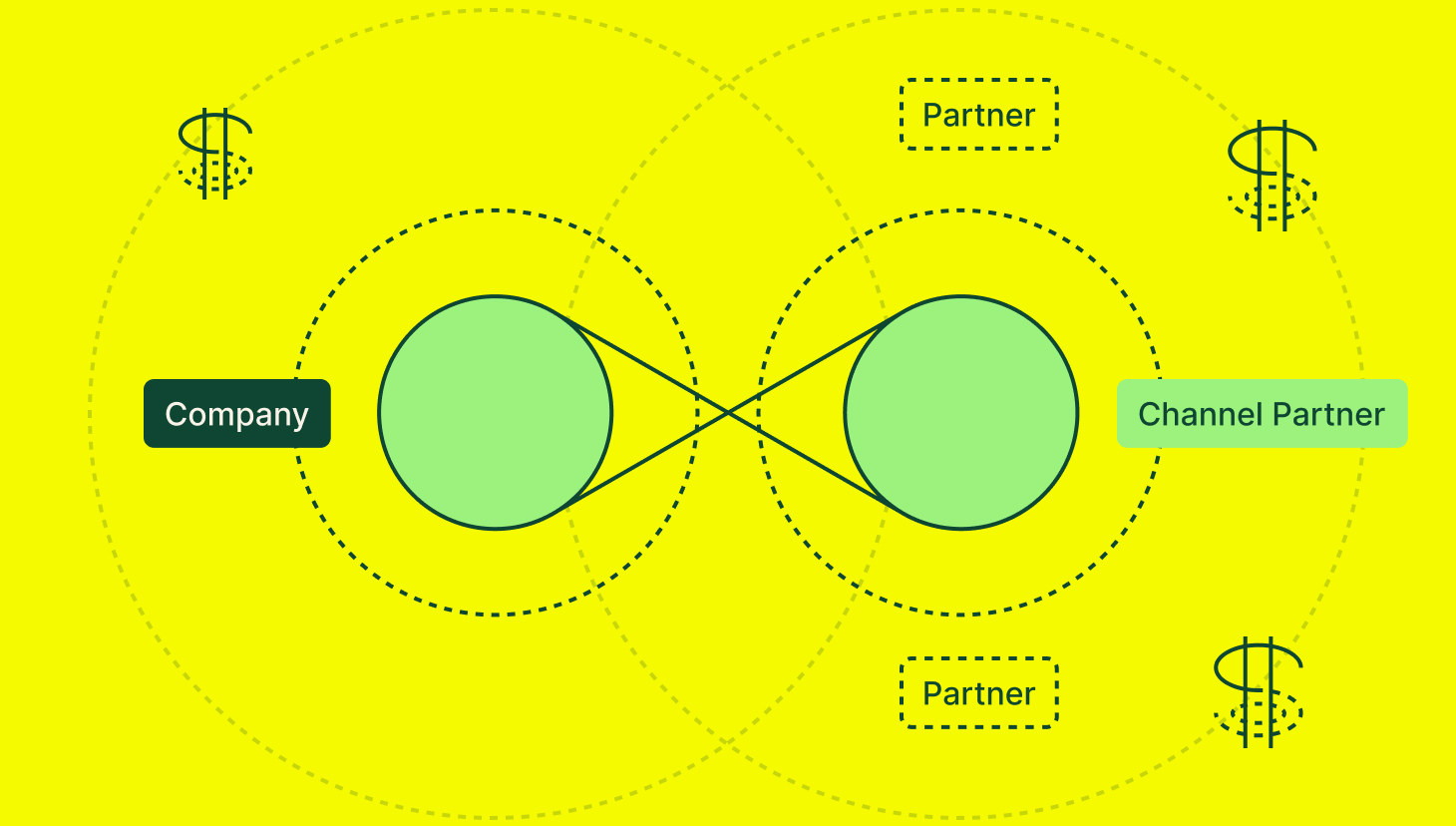If you run, manage or work in a business that offers goods and/or services to customers on a contractual basis, you’ve likely heard about ASC 606. But being familiar with the term and having a full understanding of this important guideline are two very different things. Whether you lead a sales team or are an accountant focused on compliance, you need to know the answer to one very crucial question: What is ASC 606?
Try QuotaPath for free
Try the most collaborative solution to manage, track and payout variable compensation. Calculate commissions and pay your team accurately, and on time.
Start TrialWhat is ASC 606 and who does it apply to?
ASC 606 is a relatively new standard in accounting that outlines the principles of revenue recognition. Most accounting professionals are already BFFs with ASC. That stands for Accounting Standards Codification, which is the go-to source for accounting principles as defined by the Financial Accounting Standards Board (FASB). ASC 606 represents a change to those core principles.
Any company that offers a deliverable, such as a good or service, is technically subject to ASC 606 guidelines. These principles were created by the FASB and the International Accounting Standards Board (IASB). The goal is to make it easier to compare revenue from organization to organization and even industry to industry. In other words, it’s all about simplicity and consistency.
When compliant with ASC 606, companies should be able to:
- Quickly identify inconsistencies and therefore strengthen overall revenue reporting
- Bolster existing revenue tracking and reporting systems
- Better compare revenue recognition across various industries, jurisdictions and markets
- Streamline how financial statements are prepared
Do I need to worry about ASC 606?
Are you a business or organization that enters into any type of contract or sales agreement with consumers? If so, you must be compliant with the principles of ASC 606. This includes the sale of goods as well as services.
5 steps to recognizing revenue under ASC 606
There are five steps to recognizing revenue according to ASC 606 principles. While the details are far more complex than stated here, this overview should serve as an introduction to what’s required to achieve compliance.
Step 1: Identify the contract with a customer
For the purposes of ASC 606, a contract is an agreement that involves two or more parties. This agreement must:
- Have the approval of all parties
- Confirm that all parties are committed to fulfilling their obligations
- Identify what goods or services will be provided
- Identify payment terms
- Indicate that the contract/deal is commercially substantive
- Be predicated on the belief that the vendor is likely to receive payment
Step 2: Identify the performance obligations in the contract
A “performance obligation” is whatever has been promised in terms of transferring goods and/or services between a vendor and the consumer. This sounds simple, but ASC 606 specifically mentions “distinct performance obligations,” which is a more complex definition. For a good or service to be classified as “distinct,” it must be:
- Something the customer can benefit from on their own or by using other resources that are readily available
- Identifiable on its own, and therefore held distinct from other promises in the same contract
There are many details involved in determining whether a performance obligation is truly distinct. Many examples include a product plus an added perk, such as a service, that’s intended to increase perceived value. Perhaps a store selling a refrigerator with free installation. The fridge and installation are distinct promises because the consumer can buy and use the fridge and still have someone else do the installation. The vendor doesn’t have to fulfill both promises. In this case, the revenue would be recognized separately.
Consider instead an IT company that is providing a significant company-wide upgrade for a client’s network. They’re including many types of software, all of which depend on custom installation and employee training. Even though these products seem separate, they likely would not be considered distinct. That’s because the customer can’t use them unless the entire package is delivered — the functionality of the parts depend on the whole.
Create Compensation Plans with confidence
RevOps, sales leaders, and finance teams use our free tool to ensure reps’ on-target earnings and quotas line up with industry standards. Customize plans with accelerators, bonuses, and more, by adjusting 9 variables.
Build a Comp PlanStep 3: Determine the transaction price
The contract should include the agreed-upon price the vendor expects to get in return for the transfer of the promised goods or service. Contract price doesn’t include third-party variables such as sales tax, and it doesn’t consider possible future options.
Determining the price is typically the easiest of the five steps. This is especially true when the transfer involves a fixed cost that’s payable when the goods or service is delivered. For instance, if you sell a stereo and the customer hands you cash, that’s a simple deal. When financing, barter, bonuses, coupons and rebates and other factors come into play, determining price can be a bit more taxing.
Step 4: Allocate the transaction price to the performance obligations in the contract
Step 3 deals with the overall price or consideration the vendor expects in return for their good or service. Step 4 is about determining how much the transaction actually represents economically. This may be a matter of judgment and you may have to make some educated estimates. For the most part, though, you’re basing allocation on the relative standalone price of each good or service.
Step 5: Recognize revenue as the entity
Lastly, it’s time to recognize the revenue. This happens when the deal is done, otherwise known as when the performance obligations outlined in the contract are complete. You’ve delivered the fridge, completed construction on the house or convinced your client to purchase 800 new desk chairs for their team. Once control of the good or service is transferred to the customer, your job is done and you can officially recognize that revenue.
Already comfortable with your current revenue recognition methods and worried about what ASC 606 will mean for your workload and your sanity? You can still use the approach that’s best for your business. Just make changes according to the best practices outlined by ASC 606 and adapt your current process to improve consistency.
QuotaPath offers features for Finance & Accounting to run payroll with fewer mistakes. We also offer a solution to stay ASC 606 compliant. Create flexible amortization schedules and product audit-ready reporting in clicks.



